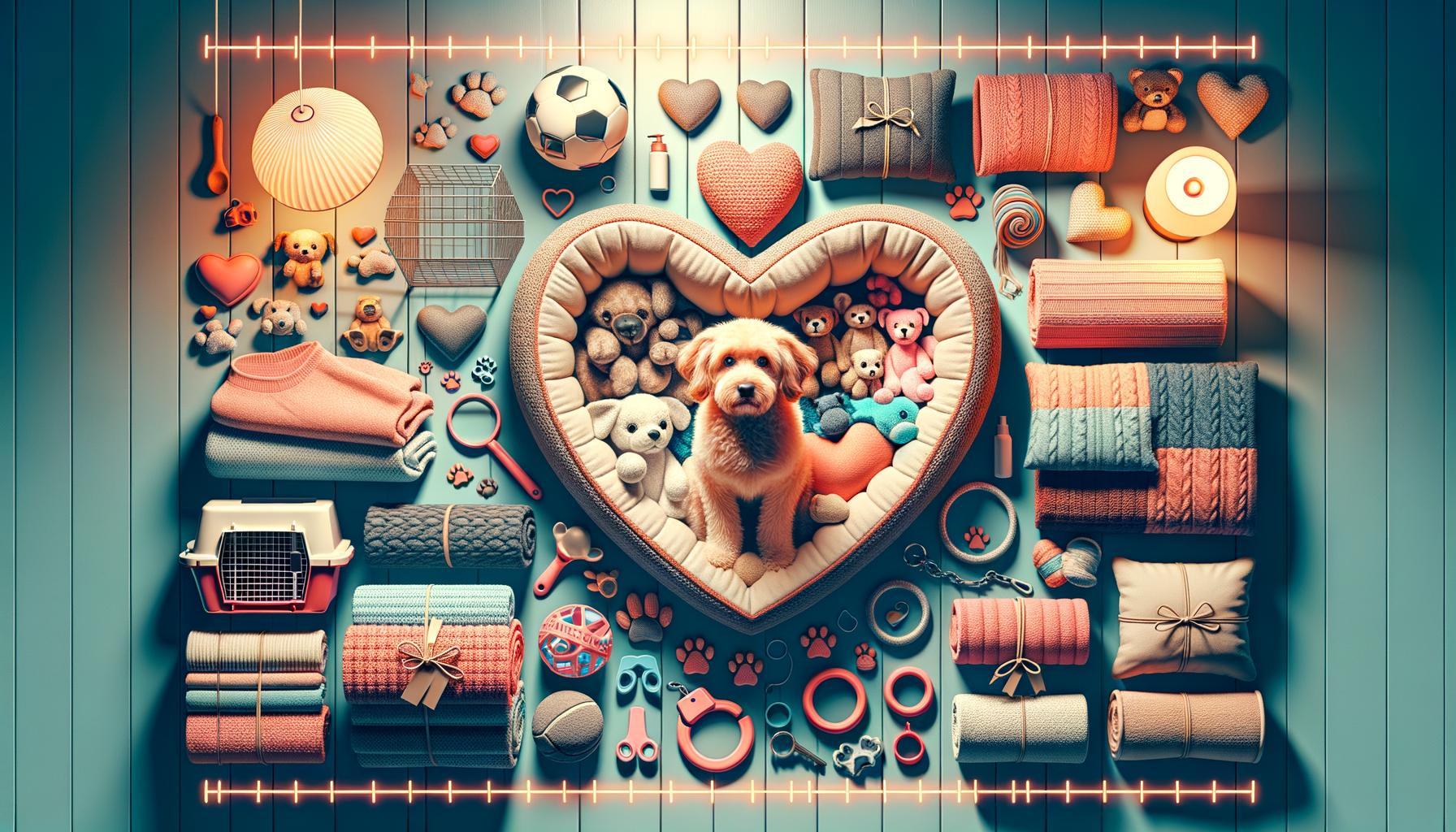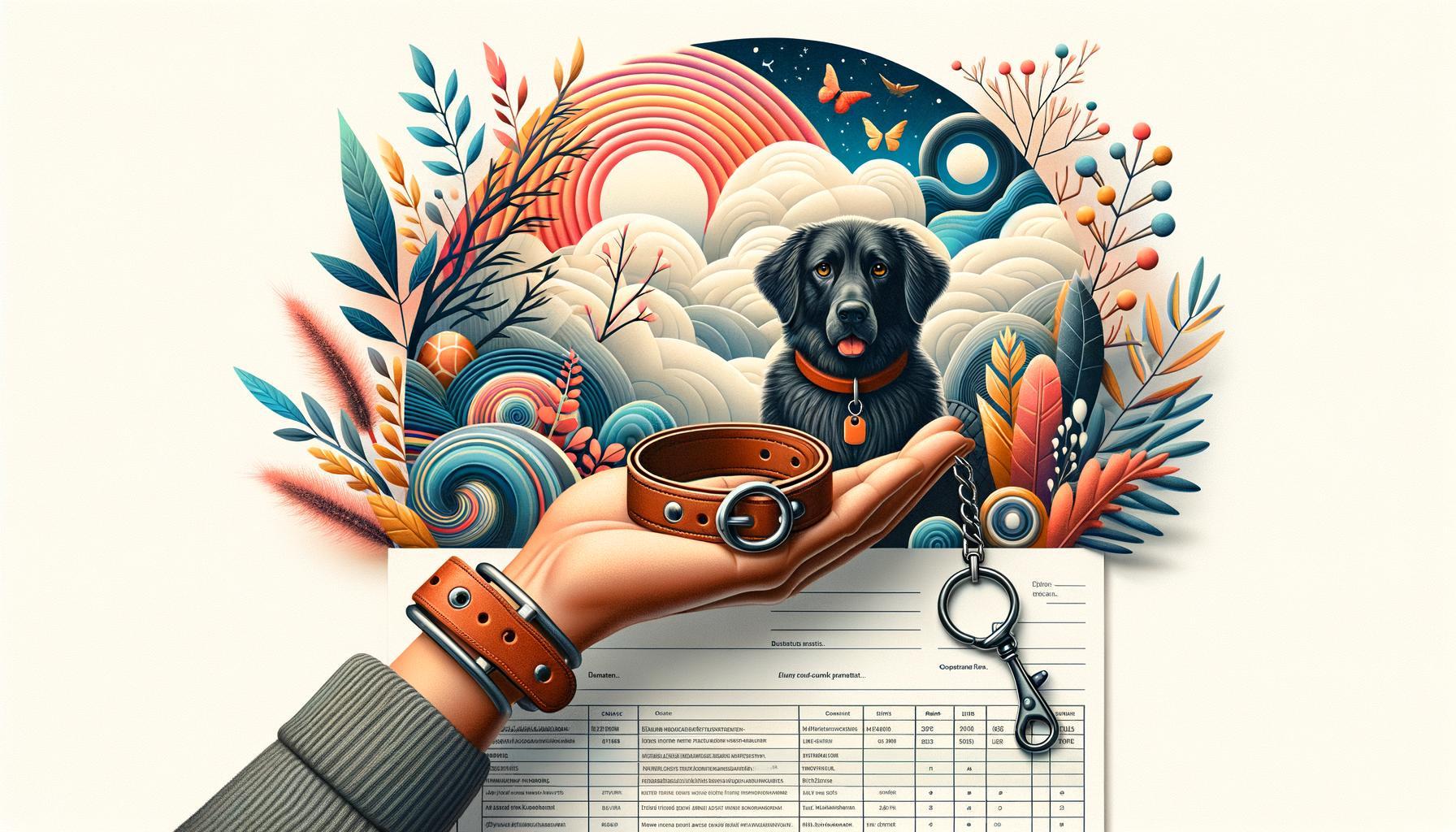In the mosaic of human experience, our emotional landscapes can sometimes become overwhelming, unpredictable, or even isolating. As we navigate the peaks and valleys of mental well-being, many have sought solace and support in an unusual yet increasingly recognized solution: emotional support animals. But is an affectionate fur-ball or a feathery companion truly the key to unlocking your inner peace? Dive into this exploration as we unpack the benefits, considerations, and nuances of this unique bond, helping you determine whether an emotional support animal might be the comforting thread your life’s tapestry needs.
Table of Contents
- Understanding Emotional Support Animals and Their Role
- Evaluating Your Emotional and Mental Health Needs
- Legal Considerations and Housing Regulations
- Choosing the Right Animal to Suit Your Lifestyle
- Training and Care: What to Expect and Prepare For
- Balancing Benefits and Responsibilities
- The Conclusion
Understanding Emotional Support Animals and Their Role
Emotional support animals (ESAs) play a crucial role in mental health care by offering comfort, companionship, and relief from symptoms of mental health conditions such as anxiety, depression, and PTSD. Unlike service animals trained for specific tasks, ESAs provide therapeutic benefits through their presence alone. They don’t require specialized training, but their temperament and behavior are key in providing the needed emotional support. Observing that calm and affectionate nature can significantly alleviate distressing emotions and provide a steady source of comfort.
- Non-judgmental companionship: ESAs offer unconditional love that can help break the cycle of isolation and loneliness.
- Stress reduction: Interaction with an ESA can trigger the release of oxytocin, reducing stress and promoting relaxation.
- Routine and structure: Caring for an ESA can add a sense of responsibility and routine, beneficial for those struggling with mental health issues.
- Increased social interaction: Walking a dog or engaging with another animal in public can lead to social engagement.
| Benefit | Description |
|---|---|
| Non-judgmental companionship | ESAs provide emotional safety and loyalty without the fear of judgement. |
| Stress reduction | Interacting with ESAs can help lower stress levels by triggering oxytocin release. |
| Routine and structure | Giving care and attention to an ESA establishes a consistent daily routine. |
| Increased social interaction | Public activities with an ESA promote engagement with others, reducing isolation. |
Evaluating Your Emotional and Mental Health Needs
When considering whether an emotional support animal (ESA) fits into your life, it’s essential to first assess your **emotional and mental health needs**. This introspection can help identify if an ESA could provide beneficial support. Ask yourself questions such as:
- Do I experience anxiety or depression that impacts my daily life?
- Have traditional therapies and interventions been fully effective for me?
- Would having a companion improve my overall well-being?
- Am I able and willing to take on the responsibility of caring for an animal?
It’s also helpful to evaluate the potential benefits and challenges of having an ESA. A suitable approach might involve keeping a pros and cons table:
| Pros | Cons |
|---|---|
| Constant companionship | Additional financial costs (food, vet, etc.) |
| Increased sense of purpose | Time commitment for walks, training |
| Possible reduction in anxiety and stress | Potential allergies or restrictions in certain places |
By understanding your specific needs and being aware of both the advantages and potential difficulties, you can make a more informed decision about whether an ESA is the right choice for your emotional and mental health. Remember, it’s a partnership that will require your dedication and care.
Legal Considerations and Housing Regulations
Before deciding to get an emotional support animal (ESA), it’s essential to familiarize yourself with the **legal landscape** and housing regulations. Under the Fair Housing Act (FHA), landlords are required to make reasonable accommodations for tenants with ESAs, even in buildings that have a “no pets” policy. This means that you won’t face discrimination simply because of your need for an ESA. However, you must provide a legitimate ESA letter from a licensed mental health professional. Failure to comply with these requirements could result in a denial of your request. Landlords are not permitted to charge pet fees for ESAs, but they can hold you responsible for any damage your ESA may cause to the property.
It’s also worthwhile to know that **local laws and regulations** can vary significantly. Always check for specific rules in your city or state to avoid any surprises. For example, some municipalities might have restrictions on certain breeds or species, even if they are ESAs. When approaching your landlord with an ESA request, it’s helpful to bring along documentation that explains the legal protections and your rights. Here are a few key documents you should have:
- An official ESA letter from your therapist or mental health professional
- Information about the Fair Housing Act and its implications for ESAs
- A brochure or flyer detailing the benefits of ESAs to individuals with emotional or psychological needs
For quick reference on what landlords can and cannot do, see the table below:
| Action | Allowed | Not Allowed |
|---|---|---|
| Charge Pet Fees | ✔️ | |
| Request ESA Documentation | ✔️ | |
| Refuse Reasonable Accommodation | ✔️ | |
| Hold Tenant Responsible for Damages | ✔️ |
Choosing the Right Animal to Suit Your Lifestyle
Finding the perfect emotional support animal (ESA) largely depends on your lifestyle and daily routines. To start, consider **your living environment**. Do you inhabit a city apartment or a rural house? Commonsense might dictate that large dogs need more space and tend to fit better in expansive, fenced-in yards. Conversely, cats and small pets like birds or hamsters might comfortably thrive in more compact living spaces. Daily schedules also play an essential role. Evaluate the **time you can commit** to your ESA. Dogs usually require frequent walks and a structured routine, whereas cats are often more independent and adaptable to irregular work hours.
- Urban apartment: Cats, small dogs, birds
- Rural house: Large dogs, rabbits, horses
- High mobility: Cats, small dogs, birds
- Stable routine: Dogs, rabbits
Additionally, assess your **emotional needs and personal preferences**. Some people find solace in the constant companionship and enthusiastic energy provided by dogs, while others may prefer the quieter, more solitary comfort offered by cats. If you’re allergic to fur or have limited physical capabilities, consider options like fish or reptiles, which can still provide emotional benefits without the need for physical interaction. People with sensory sensitivities might also benefit from the soothing presence of birds or even the tactile tranquillity of an aquarium.
| Animal Type | Best For |
|---|---|
| Dogs | Active lifestyles, constant companionship |
| Cats | Independent lifestyles, flexible schedules |
| Fish | Low maintenance, serene environments |
| Birds | Interactive yet low space requirement |
Training and Care: What to Expect and Prepare For
Welcoming an emotional support animal (ESA) into your life involves a unique journey of training and care. Understanding your ESA’s specific needs is crucial for a successful and fulfilling relationship. **Expect regular training sessions** that not only enhance your emotional bond but also ensure your ESA is well-behaved in various environments. Establishing a consistent routine is essential—this includes feeding, exercise, and mental stimulation. Remember to factor in **health care needs** such as vaccinations and regular vet checkups.
To prepare, consider the following essentials:
- Comfortable bedding and a safe space for relaxation
- Appropriate food and water dishes
- Grooming tools to keep their coat healthy
- Toys for mental and physical engagement
- Leash and collar for outdoor activities
| Item | Purpose |
|---|---|
| Training Treats | Reinforce positive behavior |
| Health Supplements | Maintain overall wellness |
| Pet Insurance | Cover unexpected medical costs |
Balancing Benefits and Responsibilities
Owning an emotional support animal (ESA) undoubtedly brings a host of benefits. These furry companions can alleviate anxiety, lift your mood, and provide an unmatched sense of comfort. Studies have shown that interactions with animals can release oxytocin, the “love hormone”, fostering a feeling of well-being. **The companionship** offered by an ESA can also reduce feelings of loneliness and offer consistent, non-judgmental support. Moreover, having an ESA may help those with mental health challenges by providing a more structured daily routine, encouraging physical activity, and enhancing social integration.
However, it’s essential to consider the responsibilities that come with owning an ESA. Caring for these animals involves time, effort, and finances. This includes daily feeding, grooming, vet visits, and potential training sessions. Additionally, owners must ensure their ESA’s needs don’t infringe on the comfort and well-being of others. It’s important to ask yourself if you’re prepared for the long-term commitment required to maintain an animal’s physical and emotional welfare.
The Conclusion
As you walk through the labyrinth of life, the decision to invite an Emotional Support Animal into your world is not just a choice, but a heartfelt journey. It’s a path where the paws on the pavement or feathers in the air could be your companions, guiding you through stormy nights and sunlit mornings. Keep your heart open and your mind balanced as you ponder this path. Whether or not an ESA joins your story, remember you’re crafting your own unique narrative—one of resilience, compassion, and endless possibility. Choose what feels right for you, and let every step be a testament to your well-being.







Leave a Reply